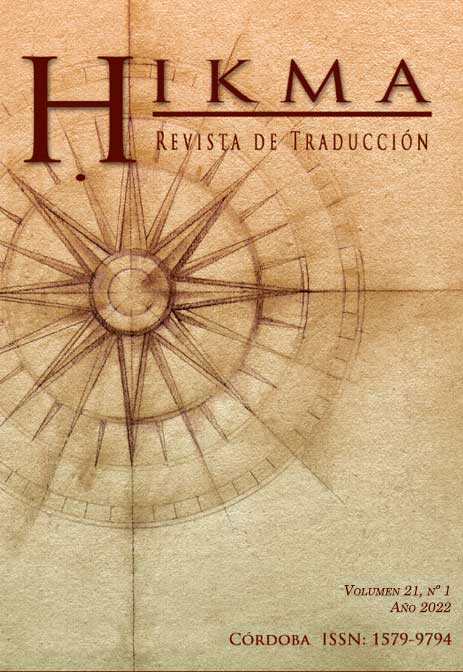Translating Transgender: English Pushed to the Limits in José Donoso’s El lugar sin límites
Contenu principal de l'article
Résumé
A devastating Sunday in the tumultuous life of a 60-year-old transvestite, co-owner of a brothel with her/his virgin daughter La Japonesita, sets up a bloody storyline that takes readers to the Chilean town of El Olivo through the pen of José Donoso and his seminal work El lugar sin límites (1966). The novella unravels the internal struggles of the fictional town dominated by the patriarchal prominent landowner, Alejandro Cruz. The story provides an account of situations that transpire as a result of the actions of La Manuela, as s/he moves across traditional constructed sex/gender boundaries while becoming involved with a hypermasculine character, Pancho, who wrestles with homoerotic desires. A gendered reading of this novel takes into consideration the way in which sexual difference is inscribed discursively in the text, and how the translation into English by Suzanne Jill Levine’s (Hell Has No Limits, 1995) exposes the interplay of gender and social control. The analysis conducted in this article is of a descriptive nature, and it intends to point out decisions taken by the translator in order to represent the multilayered and flexible gender identities shown in the Spanish text and how they are rendered into English in order to portray the fictional characters. A careful analysis of the renditions of key passages will bring to light the translator’s perceptions of the gendered ideology within the novel. English is pushed to the limits in order to represent the sexual identities of this gender-laden Spanish text.
Téléchargements
Details de l'article

Ce travail est disponible sous licence Creative Commons Attribution - Pas d’Utilisation Commerciale - Partage dans les Mêmes Conditions 4.0 International.
Les auteurs qui publient dans cette revue acceptent les conditions suivantes :
- Les auteurs conservent les droits d'auteur et accordent à la revue le droit de première publication du travail simultanément sous une Licence Creative Commons Attribution, permettant à d'autres de partager le travail en reconnaissant la paternité du travail et sa publication initiale dans cette revue.
- Les auteurs peuvent conclure des accords contractuels supplémentaires séparément pour la distribution non exclusive de la version publiée du travail dans la revue (par exemple, l'envoyer à un référentiel institutionnel ou le publier dans un livre), avec une reconnaissance de sa publication initiale dans cette revue.
- Il est permis et encouragé aux auteurs de publier leurs travaux en ligne (par exemple, dans des référentiels institutionnels ou sur leur site Web) avant et pendant le processus de soumission, car cela peut entraîner des échanges productifs, ainsi qu'une citation plus précoce et plus importante du travail publié (voir L'effet de l'accès ouvert).

